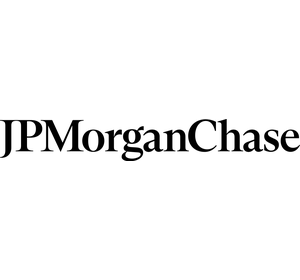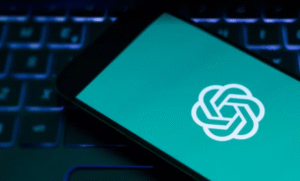$MSFT $META $LNKD
#LinkedIn #SocialMedia #ProfessionalNetworking #WorkplaceEtiquette #Microsoft #DigitalCommunication #Privacy #FlirtatiousMessages #Harassment #Career #Finance #TechTrends
LinkedIn, a platform that was launched in 2003 and currently boasts over 1 billion global users, has long established itself as the go-to online hub for professional networking and career growth. However, some users are increasingly vocal about unsolicited flirtatious messages, or direct messages (DMs), received on this otherwise work-focused platform, leading to concerns about the etiquette of digital communication in a professional setting. Microsoft, whose subsidiary LinkedIn is, has remained supportive of LinkedIn’s moderation efforts, but frustrations continue to reflect a broader problem with the nature of interactions that occur when social media and professional environments intersect.
Such unsolicited DMs not only risk damaging LinkedIn’s reputation but also challenge the professionalism it aims to foster. The notion of professionalism applies not merely to user behavior but also to the companies that host such platforms, as they are held accountable for the quality and appropriateness of the user experiences they offer. Users who log in with the intent to network, seek jobs, or contribute to industry discussions often find themselves disrupted by such unwelcome behavior. This could ultimately affect LinkedIn’s member retention and user activity metrics, which directly influence Microsoft’s stock value, given the monetization of LinkedIn through premium memberships and advertising. Any sustained negative sentiment could lead to churn, especially among female professionals, a significant portion of its user base.
More importantly, this problem could have broader market implications within the tech and social media space. LinkedIn’s closest competitors are Facebook and Instagram, both operated by Meta ($META), which also struggle with similar issues. Meta’s platforms, however, typically operate in a more casual social environment and are less strictly defined by professional norms than Microsoft’s offering. If LinkedIn becomes synonymous with harassment rather than professional networking, it risks losing market leadership in the professional networking niche—a space where it has thus far dominated. Seeing how Microsoft derives significant value from LinkedIn in its overall suite of cloud-based services, a degradation of LinkedIn’s user experience due to these issues could see a material impact on the overall sentiment toward $MSFT’s ability to manage its digital platforms.
Finally, it’s worth noting that in these interconnected markets, regulatory oversight is fast becoming a concern. Governments and regulatory bodies are applying greater scrutiny to the ways in which social media and networking platforms handle privacy and harassment issues, which could lead to more stringent laws or fines for companies that fail to provide safe environments for users. If negative incidents and poor handling of unsolicited DMs persist, this could lead to regulatory pressures that affect $MSFT’s profitability from LinkedIn, reduce their advertising appeal, and potentially foster negative investor sentiment within the larger tech sector, dampening share price growth.











Comments are closed.